BOOK: Understanding Show, Don’t Tell (And Really Getting It) (2016)
Understanding Show, Don't Tell (And Really Getting It)
Year: 2016
Author: Janice Hardy
Length: 136 pages
As a writer, I have heard all the little idioms that are meant to help grow us into better storytellers. Unfortunately, while I've since been able to grasp concepts like "Kill Your Darlings," one thing I still struggled with was "Show, Don't Tell." I still couldn't see the difference between "showing" and "telling" because both seemed almost indistinguishable to me. Luckily, someone in my writing group suggested Understanding Show, Don't Tell (And Really Getting It) as a guide to better understand this writing technique. Now I think I finally get it.
Just like the challenge of identifying passive voice, the problem with the "Show, Don't Tell" idiom is that it asks the writer to find a problem in their writing that they might not even know is there. This book not only has a great section about identifying the different ways writers "Tell" with their words, but it also...
